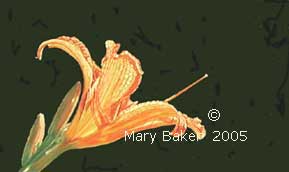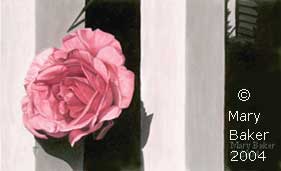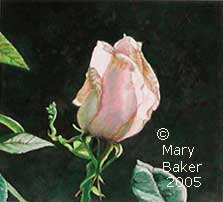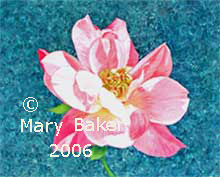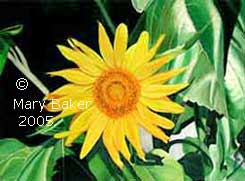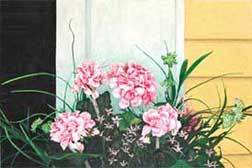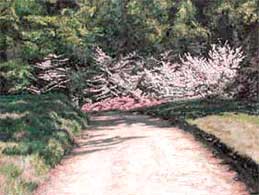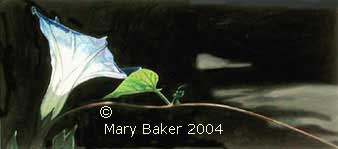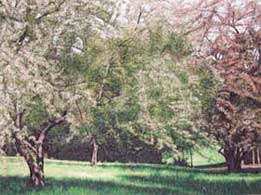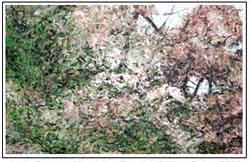I love to eat well, but at the end of the day I don’t feel much like cooking.
What I almost always do is make a large batch of something that tastes good and is good for me at the beginning of the week so there is always something delicious and nutritious at the end of the day. Whoever is around eats what I eat.
So one of the things I thought I would do on this art blog is share recipes for artists. Something easy and quick to make and that you can look forward to eating. It also saves a whole lot of money that can be used for other things.
Lasagna, the really, really easy version:
What I made this week was lasagna. So easy, the secrete ingredient is garlic, that minced garlic that they now have in little jars, great stuff.
Get the lasagna that you do not have to boil. Decent looking spaghetti sauce, medium jar. One medium size cottage cheese and one medium size ricotta cheese. A packet of shredded mozzarella cheese and some parmesan cheese. Yes, and that minced garlic in a jar, don’t forget that minced garlic.
Mix the ricotta cheese and cottage cheese and about a third of the garlic in a bowl and add maybe a half an egg or a whole egg, it doesn’t really matter.
A glass rectangular baking pan (you can get these at places like Walmart cheap.) Put some of the spaghetti sauce on the bottom. Put three of the lasagna strips side by side. Put half of the cheese mixture. Sprinkle with parmesan cheese and half the mozzarella. Put a little more spaghetti sauce on, three more lasagna strips, the rest of the cheese mixture, parmesan cheese and more mozzarella. Top with three more strips of lasagna, spaghetti sauce, parmesan cheese and the rest of the mozzarella.
After doing this once, it will probably take you all of 10 minutes to put it together. Enough for a lot of meals.
Cook at 350 for 30 minutes to an hour or until it bubbles. Don’t let it burn.
Big secrete. Let it cool first, and then reheat pieces as you want them. The same principle as “food always tastes better the next day.”
More complicated version:
A filling.
Two onions chopped. Cook on medium heat in canola oil until limp. Add one pound or so of hamburger. Throw in some oregano, thyme and maybe garlic salt. When that’s cooked add one large can of diced tomatoes. Yes and some more of that minced garlic in a jar. Simmer maybe 10-15 minutes.
Even fancier:
When you add the diced tomatoes, add some chopped up zucchini, maybe 2 zuchinnis, a chopped green pepper or two and a small packet of regular sliced mushrooms. Don’t forget that minced garlic. Simmer this version a little longer maybe 20-30 minutes.
Layer in after the cheese. This last one includes everything. Meat, veggies, calcium, starch…all the food groups. You’re good to go. After you do it once, should take you about 45 minutes on the fancier and fanciest version, but it’s yummy and it’s worth it, I think.
Mary Baker © 2006
